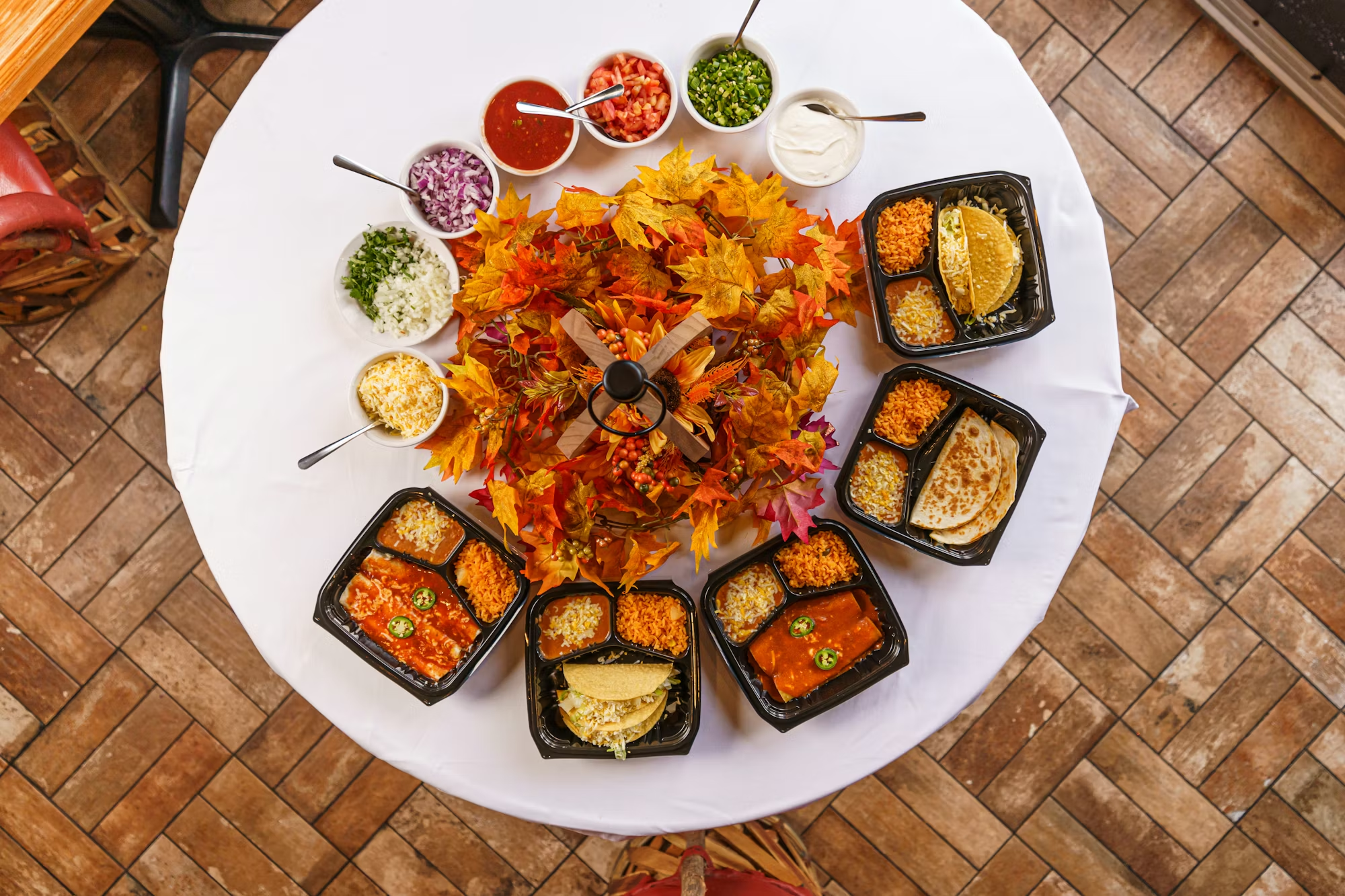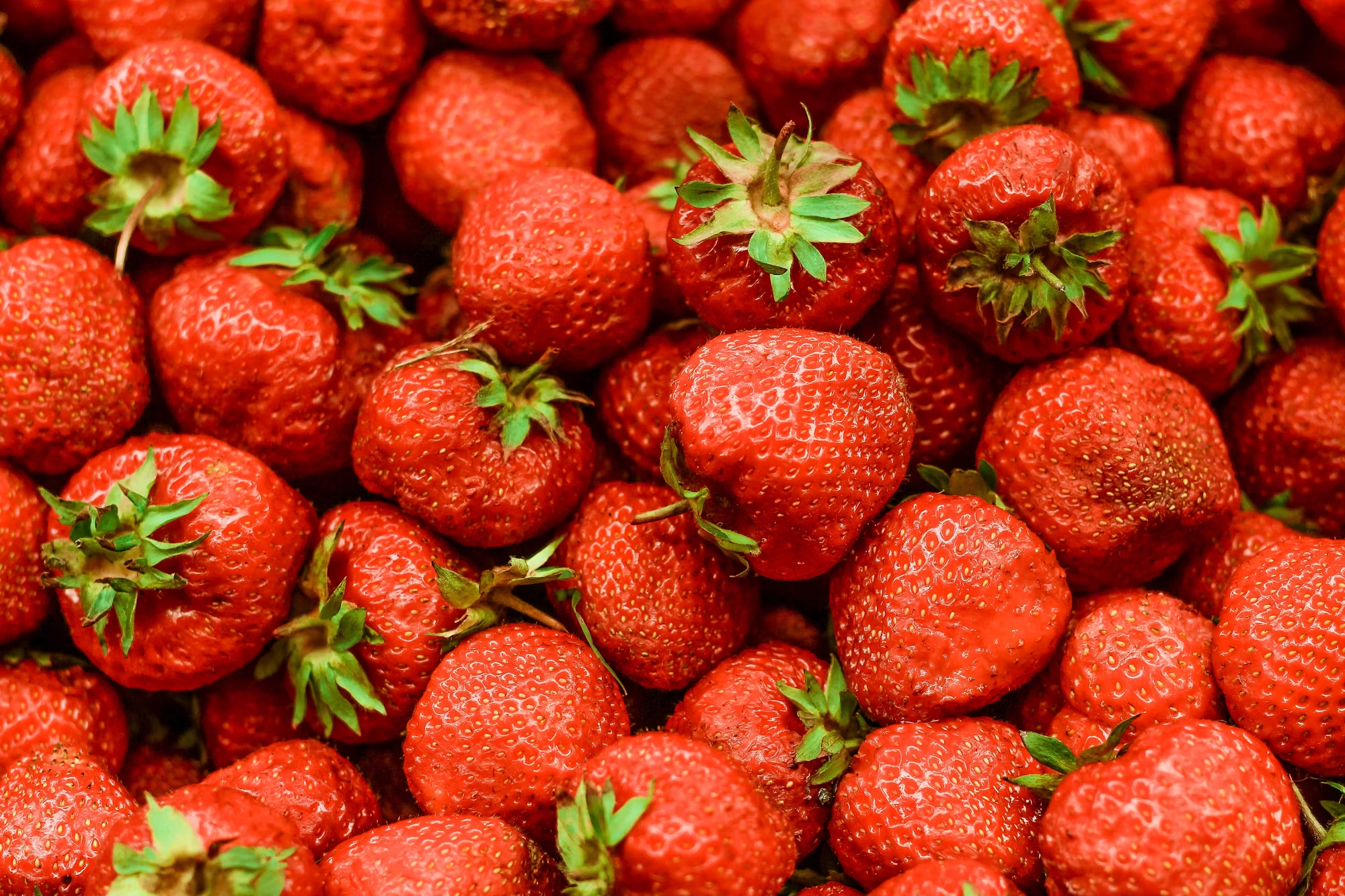Stone fruits, also known as drupes, are a delightful category of fruits characterized by a single hard pit or stone that encases the seed. These fruits are not only delicious but also provide a wealth of nutritional benefits and culinary versatility. With their juicy flesh and vibrant colors, stone fruits are a hallmark of summer, bringing a burst of flavor to dishes both sweet and savory. This article delves into the world of stone fruits, highlighting popular varieties, their health benefits, and creative ways to incorporate them into your meals.
Peaches are perhaps the most iconic stone fruit, beloved for their sweet, juicy flesh and fragrant aroma. Rich in vitamins A and C, peaches are a low-calorie fruit that also provides dietary fiber, making them a great addition to a healthy diet. They can be enjoyed fresh, sliced into salads, or blended into smoothies. Grilled peaches are a popular summer treat, caramelizing their sugars and enhancing their natural sweetness. For dessert, peaches can be used in cobblers, crisps, or tarts, allowing their delicious flavor to shine through in various recipes.
Plums are another delightful stone fruit, known for their juicy flesh and sweet-tart flavor. They come in a range of colors, from deep purple to bright yellow, each variety offering a unique taste. Plums are high in vitamins C and K, and they also provide antioxidants that contribute to overall health. Fresh plums can be eaten as a snack, added to salads, or made into delicious jams and jellies. Their tangy flavor makes them an excellent ingredient in savory dishes, such as sauces for grilled meats or roasted vegetables, where they can add a touch of sweetness and complexity.
Cherries, with their vibrant red hue and sweet, succulent flesh, are a summer favorite. Cherries are rich in vitamins C and A, potassium, and antioxidants. They can be enjoyed fresh, tossed into salads, or used in desserts such as cherry pies and clafoutis. Their unique flavor also makes them a wonderful addition to savory dishes, pairing beautifully with meats like duck or pork. For a refreshing treat, cherry sorbet is a delicious way to savor the essence of summer.
Apricots, often overlooked, are a small stone fruit packed with flavor and nutrients. They are an excellent source of vitamins A and C, as well as fiber. Apricots can be enjoyed fresh or dried, making them a versatile snack option. They are often used in baked goods, such as muffins and tarts, and can also be made into preserves. Their sweet yet slightly tangy flavor pairs well with both sweet and savory dishes, making apricots a delightful ingredient in salads or as a topping for grilled meats.
The health benefits of stone fruits are plentiful. Their high vitamin and mineral content supports immune function, skin health, and digestion. The antioxidants found in these fruits can help combat oxidative stress, promoting overall well-being. Additionally, their natural sweetness can satisfy sugar cravings without the need for processed sugars, making them a guilt-free indulgence.
Incorporating stone fruits into your diet is both enjoyable and simple. Fresh stone fruits can be added to breakfast cereals, yogurt, or smoothies, providing a nutritious start to the day. They can also enhance lunchtime salads, adding a sweet contrast to savory ingredients like nuts and cheese. For dinner, stone fruits can be incorporated into sauces, glazes, or salsas, adding a burst of flavor to grilled meats or roasted vegetables.
When it comes to desserts, stone fruits can take center stage. Fruit salads featuring a mix of peaches, plums, and cherries offer a colorful and refreshing option. Grilled stone fruits make for an elegant dessert when topped with a scoop of vanilla ice cream or yogurt. Stone fruit crumbles or galettes are also popular choices, allowing their natural sweetness to shine through.
For beverages, stone fruits can be transformed into refreshing drinks. Fresh fruit juices made from peaches, plums, or cherries create delightful summer beverages that are both hydrating and flavorful. Stone fruit smoothies are another great option, blending the fruits with yogurt and ice for a nutritious treat. For a festive touch, consider crafting cocktails or mocktails using stone fruits, pairing their flavors with sparkling water or other mixers.
To preserve the delicious flavors of stone fruits, canning and freezing are effective methods. Making jams, jellies, or preserves from stone fruits allows you to enjoy their tastes long after the summer has ended. Freezing fruits like peaches or cherries makes them convenient for use in smoothies or baking, ensuring you always have access to these delightful flavors.
For those interested in growing their own stone fruits, many varieties can thrive in home gardens with the right conditions. Peach, plum, and cherry trees often require sunny locations and well-drained soil. Proper care, including regular watering and pruning, will lead to a fruitful harvest, providing fresh stone fruits for you and your family.
Harvesting stone fruits at the right time is crucial for maximizing flavor. Most stone fruits should be picked when they are fully ripe, showing vibrant colors and yielding slightly to pressure. Gently twist or cut the fruit from the plant to avoid damaging it. Regularly checking your trees or plants ensures you can enjoy the fruits at their best.
In conclusion, stone fruits are a flavorful and nutritious addition to our diets, offering a wealth of culinary possibilities and health benefits. From the juicy sweetness of peaches to the tartness of plums, these fruits can elevate our meals and snacks while contributing to our overall well-being. Whether enjoyed fresh, incorporated into savory dishes, or transformed into delicious desserts, stone fruits invite us to savor their rich flavors and embrace their versatility in the kitchen. Their unique tastes and vibrant colors make them a cherished staple of summer, ensuring their place in our hearts and on our plates.






